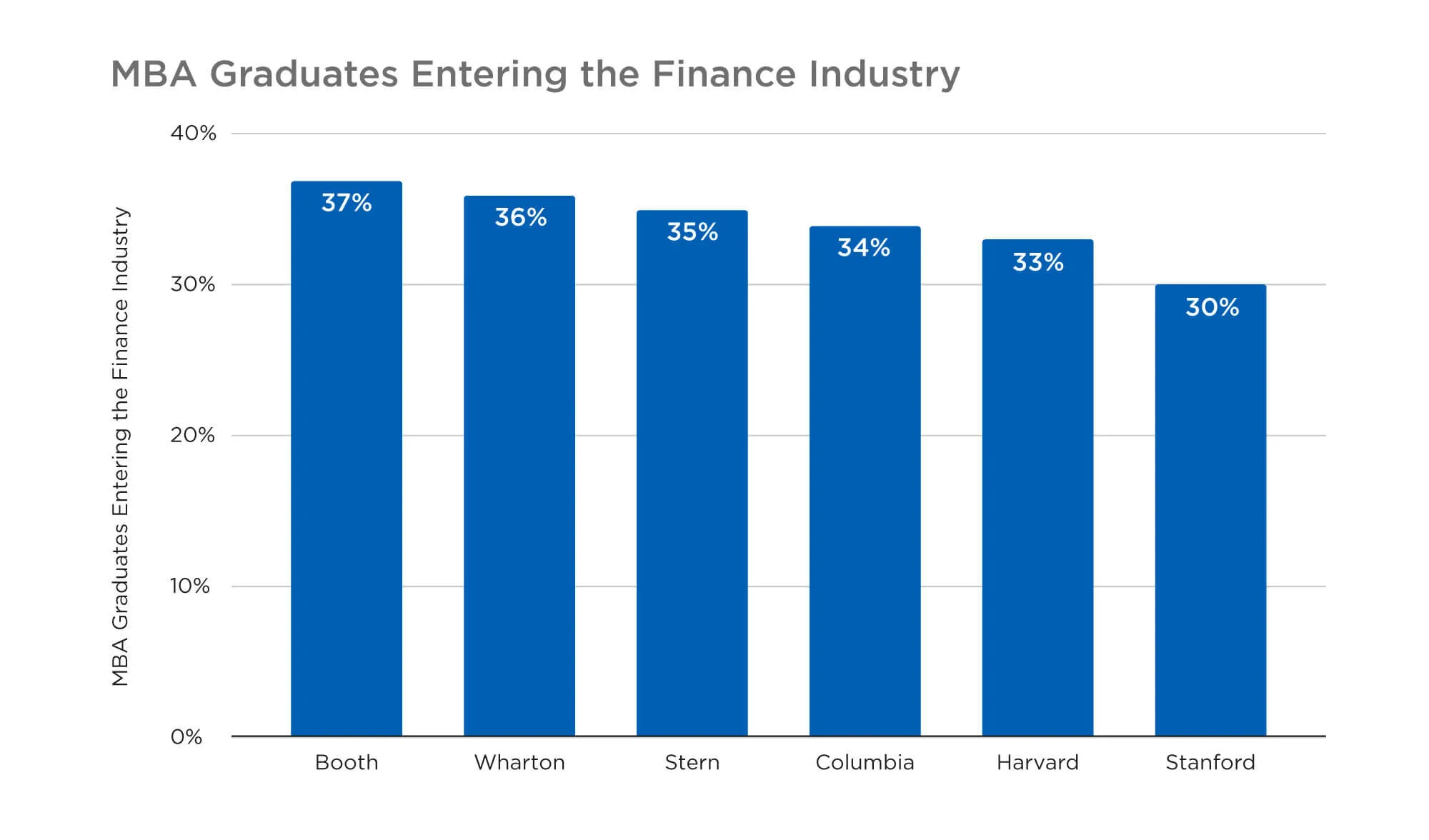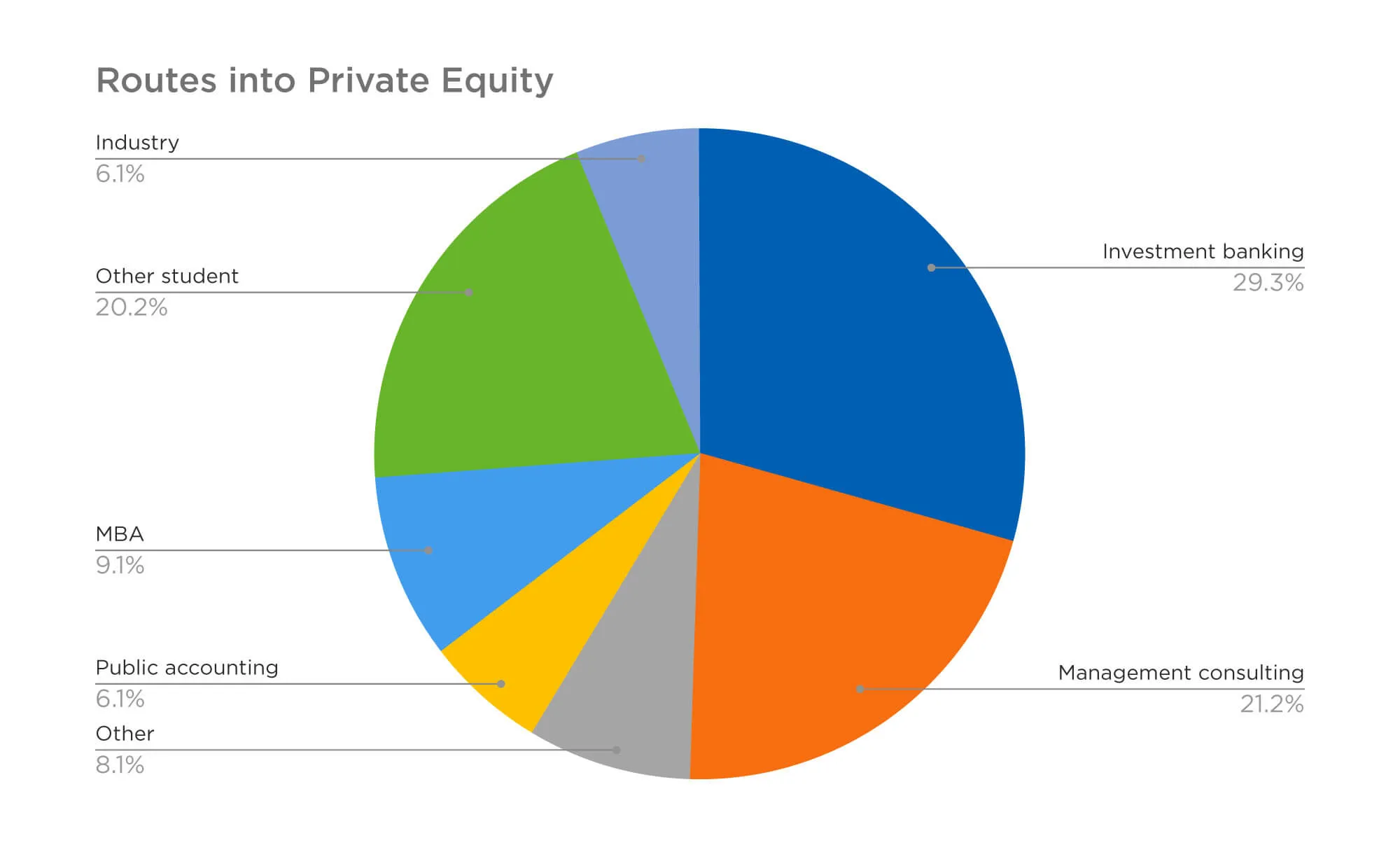Anyone interested in heading down the mergers and acquisitions career path should be aware: It’s not for amateurs.
While it may look, from a distance, like it’s all wheeling and dealing – spotting the potential for a deal and making millions on commission from closing it – the reality is actually quite a bit less glamorous.
Companies aren’t that easy to sell and can spend several years waiting for the right buyer to come along.
During this time, the investment bankers with the mandate for the sale will update the selling documents dozens of times, performing repetitive tasks such as refreshing company and financial information and the market outlook.
The team may not have heard of the company at the beginning of the project but it’s not an exaggeration to suggest that they’ll be more familiar with its workings than 95% of its employees by the time the company is sold.
Such is the repetitive nature of the work, combined with the fact that potential buyers can ask literally anything about the company.
We at DealRoom work exclusively in the M&A industry and have collected as much useful information as possible to give you a full understanding of how to start a career in M&A and to answer any questions you may have on the topic.
Related: Guide to Mergers and Acquisition Career Path
Related: How to get into mergers and acquisitions career
In this article:
- Is working in Mergers and Acquisitions a good career?
- What M&A positions exist?
- What salary can I expect in M&A?
- M&A salaries by geography
- How to get a job in mergers and acquisitions
- The M&A career path: How to start a career in mergers and acquisitions
- What are the best degrees for M&A?
- A typical day of someone working in M&A
- The bottom line

Is working in Mergers and Acquisitions a good career?
Related: How to get a job in mergers and acquisitions
Is mergers and acquisitions a good career? Why work in mergers and acquisitions?
A good M&A career path puts you at the nexus of finance and strategy in a way that's unlike any other position. From very early on in your career you’ll be exposed to a level of seniority – and by extension, industry expertise – that most other roles take years to achieve.
It can also be highly lucrative (when executed well), particularly on the advisory side. Companies large and small rarely undertake M&A transactions on their own, instead hiring intermediaries to help with the process.
Smaller deals typically lead to fees of 10% to the intermediary, while larger deals – those running into the billions – can yield commissions of 3% for the intermediaries involved.
It’s also rewarding from an intellectual standpoint. M&A careers demand that people think strategically. It’s not just about closing transactions – it’s about finding the right companies at the right time in their business cycle, selling the opportunity, creating a financial structure that works for everyone, and then making sure the deal is a success even after the ink has dried on the contract.
If you want to know the typical day of someone in M&A, then keep scrolling. But first, let’s dive into the details.
What M&A positions exist?
There are four broad categories of M&A positions:
- positions within industry,
- positions at investment banks and other intermediaries,
- positions at private equity companies,
- careers at corporate development departments in big companies.
In each category, there are different levels of seniority. This begins with analyst and associate positions and then moves upward into manager and director positions that negotiate with and engage in face-to-face contact with target companies.
In the first category, large industry players that conduct a number of transactions tend to have in-house M&A teams. These M&A roles usually demand that the people have some industry background.
For example, all of the largest technology firms have in-house M&A teams, and these teams all have good knowledge of emerging trends in the technology industry, so they know an attractive proposition when they see one.
In the second category, intermediaries include all those companies that aren’t buying companies themselves, instead advising third parties on their mergers and acquisitions. These include investment banks, legal firms, strategy consulting companies, and brokerages.
Here, the position involves less industry expertise and more deal nous: Intermediaries are usually industry agnostic, focusing on generating deals rather than any particular industry.
Finally, there are private equity companies and companies of this ilk: pension funds, growth funds, VC funds, family offices, etc.
In a way, these positions are similar to the industry M&A roles, with the caveat that the focus is financial rather than strategic. The ultimate aim is to sell (“exit”) the businesses after a few years of improving their financials. Thus, while industry knowledge can be an asset, financial expertise tends to be valued more highly.
What salary can I expect in M&A?
Needless to say, the salary you receive in M&A depends on the seniority of your position.
But outside of salary, there are also deal bonuses: Intermediaries receive a success fee when transactions close and this is typically distributed among the team responsible for closing the transaction. That fee can be anywhere between 3% and 10% of the transaction, depending on its size.
According to Glassdoor, typical salaries in M&A as of August 2024 in the United States tend to be in the following ranges:
- M&A Analyst (entry position): $95,000 - $177,000
- M&A Associate: $135,000 - $253,000
- M&A Manager: $163,000 - $297,000
- M&A Director: $218,000 - $378,000
So, once entering, you can expect a good salary as well as bonuses. The following are indicative figures taken from various grades at JP Morgan at their London office.

Of note: Salaries can vary for men and women. As this gender pay gap data shows, four top lenders pay women median salaries 28.9-35.2% less than their male colleagues.

M&A salaries by geography
It’s no surprise that M&A Salaries vary depending on location, reflecting the different cost of living and talent needs. Major cities with a heavy presence of investment banks, PE firms, and corporate M&A teams tend to offer higher compensation. The following locations represent key M&A activity centers where professionals can expect competitive salary ranges based on their experience.
Mergers and acquisitions salary NYC
New York City is known as a global powerhouse in the financial industry being home to Wall Street, major investment banks,and private equity firms. As an entry-level M&A Analyst, you may see salaries around $143,000 per year (GlassDoor). As you rise to the next level, you could expect an estimated 169,000 for an Associate position (3-5+ years prior experience). Manager level positions in New York start around $268,000, and executives can expect between $330,000 and $460,000 (salary.com).
Mergers and acquisitions salary London
London is another leading global financial center with the London Stock Exchange and a thriving private equity market. As an entry-level M&A Analyst, you should expect a salary around £44,000–£70,000, depending on the organization and industry. Pay raises after a few years of experience and management are expected, with managers' average salary being around £113,000per year. Moving up to Executive directors and Senior level managers, the average salary ranges from £155,000–£320,000. Now this is just base salaries, not including bonuses or stock options ranging up to £100,000in some markets.
Mergers and acquisitions salary Australia
Australia’s financial sector, particularly in cities like Sydney and Melbourne, plays a significant role in the Asia-Pacific M&A landscape. Typical earnings for an M&A manager range between$183,000 and $270,000 (salary.com). More senior M&A professionals can expect higher salaries, ranging from $220,000 to $436,000.
Mergers and acquisitions salary Toronto
Toronto is Canada’s primary financial hub,hosting the Toronto Stock Exchange and numerous investment banks. Entry-level analysts can expect an average salary of C$82,000. M&A managers typically earn an annual median salary of around C$164,672, increasing to over C$307,000for top executives and directors (salary.com).
How to get a job in mergers and acquisitions
Here’s the good news: There’s a path to working in mergers and acquisitions for most people.
While graduate programs at the investment banks will – inevitably – look for the brightest candidates from the best universities to fill their M&A roles, even they will be open to taking on people who come from non-traditional backgrounds when they’ve shown themselves to be competent in M&A at some level.

This is also true for Tier 2 and Tier 3 banks and blue-chip companies with in-house M&A; essentially, if you’ve got the ability to put together an attractive and convincing sales document for a business, it’s a very good start.
You don’t have to possess a CFA for the financials, but it does help to have at least some knowledge of the financial statements and how the business you’re selling has performed over the last 3-5 years.
Jobs always arise on LinkedIn. Set up a job notification under ‘M&A’ and you’re likely to be hit with at least a few jobs every day.
And even if they don’t end up hiring you, knowing that a company is expanding its M&A team lets you know they’re on the lookout for transactions. This is where you have the chance to be proactive, make contact with someone within the firm, and who knows: Further down the line they may hire you after having seen your ability first hand.
The M&A career path: How to start a career in mergers and acquisitions
If all of this sounds of interest, we’ve outlined a general mergers and acquisitions career path below.
Keep in mind that mergers and acquisitions careers vary from company to company, but many of the skills that you acquire in one job will be transferable to others.
Your skillset is as important as your background. The following graph shows the most common skills on entering investment banking (on the left) and the most common on leaving (on the right).

Almost all M&A careers will involve at least some of the following components:
1. M&A analyst positions
Analyst positions in investment banks are keenly contested at both the entry stage and after you’ve started your trial period. You’ll need excellent marks in whatever you do (invariably you’ll be from a numerical background with engineering being an increasingly popular go-to for IB recruits), as well as being highly capable socially (so they can put you in front of clients).
The stories are legion at some investment banks about the lengths that analysts have to go in their first years to achieve permanent positions, but thankfully, this unhealthy macho culture is largely a relic of the past.
Goldman Sachs, for example, stopped its 2-year analyst program in 2012, now only taking on permanent hires. And that means more investment in the individual.
The analyst position in M&A has one of the steepest learning curves, which, aside from the often attractive salary packages, makes it a highly rewarding career path. Even a brief period of just a couple of years at one of the most well-known investment banks can mean someone is much more in demand in the job market for the skills they’ve obtained.
These opportunities include but are not limited to:
- Strategy positions at companies (or consultancies)
- Private equity positions
- Fund/portfolio-related positions
2. M&A associate positions
Associate positions at investment banks are usually filled by one of two groups:
- Those that missed the cull/exodus of analysts after the first 12-18 months, and
- those who missed out on an analyst position when the graduate recruitment round was underway.
We have described in detail the investment banking career path here.
If the latter is the case, you’ll need to show some stellar and relevant work in the intervening period. For example, perhaps working for a boutique bank where you had lots of client-facing opportunities.
And that’s the next thing: This is where client facing begins in earnest.
There’s less of the PowerPoint and financial model reworking (although that applies to every level of M&A to some extent) and more advising clients, meeting potential buyers (or target companies if you’re on the buy-side), and even some wining and dining when the managers are kind enough to invite you along.
Moving out of investment banking for a moment, the associate position is usually the most junior that a company in the industry will hire in M&A.
That is, it’s very unusual for a non-financial company to hire somebody in an analyst position – these companies don’t have the kind of transaction pipeline that requires a long hierarchical structure in the M&A department.
Usually an associate or two and a couple of managers doubling up on strategy tasks is enough.
Continuing on the industry theme – for anybody who hasn’t worked until now this is a great point to jump in, with companies being far more open to atypical backgrounds.
As mentioned in a recent article on working in M&A, in some complex or specialized industries, having a good grasp of the market and the competitive dynamics is more important than being an expert in Microsoft Excel.
3. M&A manager / managing director career
At investment banks, the M&A manager’s job – aside from the traditional role of overseeing the company’s operations – is above all, sales. Look through the prerequisites for any senior M&A position and something that you’ll see again and again is a ‘portfolio of clients’ – the CEOs and CFOs of companies you can call on a whim to discuss potential deals.
When appointments are made by investment banks and announced in the financial press, it often goes hand-in-hand with a mention of how they’re a deal-maker. Deal-making, or selling the services of the investment bank, is the alchemy of investment banks.
It’s still their biggest source of income and brings in hundreds of millions of dollars every year. The ability to do it well goes back to why they’re so keen to test analysts’ social skills at the very beginning.
What are the best degrees for M&A?
It will come as little surprise that the best degrees for M&A are obtained from elite schools.
Look through the educational backgrounds of the employees at the most prestigious investment banks and there’s a common thread: Ivy League, Top-10 MBA Business Schools, and prestigious schools from other countries.
Also, the best universities and technology institutes in India and China are increasingly excellent recruiting grounds for big players in M&A.
Specific M&A training courses
If you’d like to enter M&A without going back to college full-time, there are options available to you. A previous DealRoom article about M&A training courses provides an overview of some of the best courses for those who want to gain specific M&A knowledge.
These are:
- M&A Science Academy Unlimited
- The LBS Mergers and Acquisitions Course
- IMAA International M&A Expert Program
- Corporate Finance Institute M&A Modelling Course
- CIMA Mergers and Acquisitions Masters Course
- Stanford Business Mergers and Acquisitions Course
- Mergers and Acquisitions at Harvard Business School
- Kellogg School of Business: Creating Value Through M&A
- INSEAD M&As and Corporate Strategy
- The M&A Council: On-site Training for M&A Teams
Finance (investment banking) is still a big draw among MBA graduates, typically attracting between 30% and 40% of the best business schools.

However, an MBA isn’t the only route into M&A. In private equity, for example, less than 10% of first-timers in the industry come directly from MBAs.

Finally: let's take a look at a typical day of someone working in M&A
The day of someone working in M&A depends on i) how active their company is in M&A, and ii) how much progress they have made on closing individual transactions.
If you are still at the deal origination phase, it’s likely that you’ll spend most of your day looking for suitable transactions and reading industry reports; if you’re just about to close a transaction, you’ll be up to your eyes in negotiations, due diligence, and preparation for post merger integration.
That said, a “typical day” would probably include some of the following:
- Reaching out to the corporate development managers, interesting target companies and/or contacting investment bankers with good deal flow. From here, you’ll establish those companies in the market that they are for sale in; and, of interest for potential acquisitions.
- Team meetings where deal progress is discussed – both for existing deals and deal origination. This could also involve members of the company’s strategy team who will play a big influence on the company’s ongoing M&A strategy.
- Due diligence activities on deals that your company has signed LOIs for.
- Document writing (this is particularly the case if you’re working as an intermediary on the sell-side), whereby you are required to constantly update the company’s information memorandum.
- Calls with clients (if you’re an investment banker) letting them know of potential interest in their company and who you’ve spoken to on their behalf.
Frequently Asked Questions
What is a career in mergers and acquisitions?
A career in mergers and acquisitions (M&A) involves advising or executing deals where companies buy, sell, or merge with others. Professionals analyze financials, assess value, and help clients make strategic business decisions.
What do M&A professionals do?
They identify potential deals, perform due diligence, build financial models, and negotiate terms. Their role is to ensure transactions create long-term value for both buyer and seller.
How do I start a career in M&A?
Most people begin in investment banking, corporate finance, or consulting. A degree in finance, accounting, or economics helps, and internships in deal-related roles can open doors to full-time positions.
What skills are needed for M&A?
Strong analytical, financial modeling, and negotiation skills are essential. Professionals also need attention to detail, communication skills, and the ability to work under pressure during deal deadlines.
Is M&A a good career path?
Yes. M&A offers high earning potential, exposure to complex business challenges, and strong career progression. It’s ideal for people interested in strategy, finance, and corporate growth.
What is the typical career path in M&A?
The path usually begins as an analyst, followed by associate, vice president, director, and managing director. Each step involves more responsibility for sourcing deals and managing clients.
How much do M&A professionals earn?
Entry-level analysts often earn between $100,000 and $150,000 annually, including bonuses. Senior professionals and managing directors can earn several hundred thousand to over a million dollars depending on deal flow.
What are the challenges of working in M&A?
The job can be demanding, with long hours and time-sensitive projects. Pressure to close deals and meet client expectations makes it a high-intensity but rewarding career.
The bottom line
If you’ve missed the cut for an analyst position at an investment bank, don’t worry – there are opportunities to get involved at all stages of the career path.
There are more resources online than ever before that give the ins and outs of what goes on in what was once a very secretive industry.
Small boutique investment bankers are also (usually) reasonably willing to share some of their commission if you convince them you have an interested buyer.
In 2025, the M&A career path has more routes leading onto and off it than ever before.



















.png)
.webp)



.webp)
.webp)
.webp)





.png)
.png)
.png)
.svg)

.svg)
.png)
